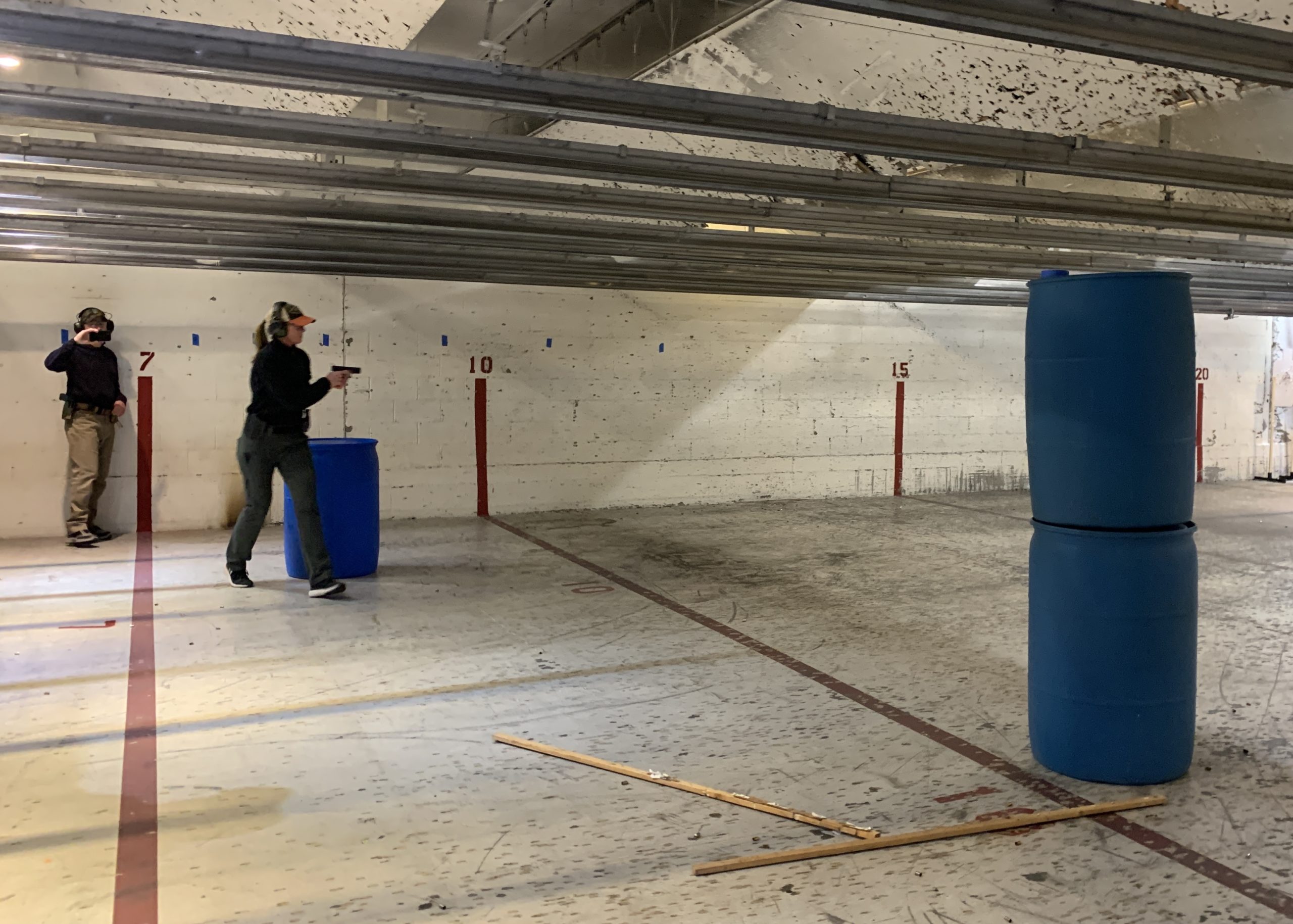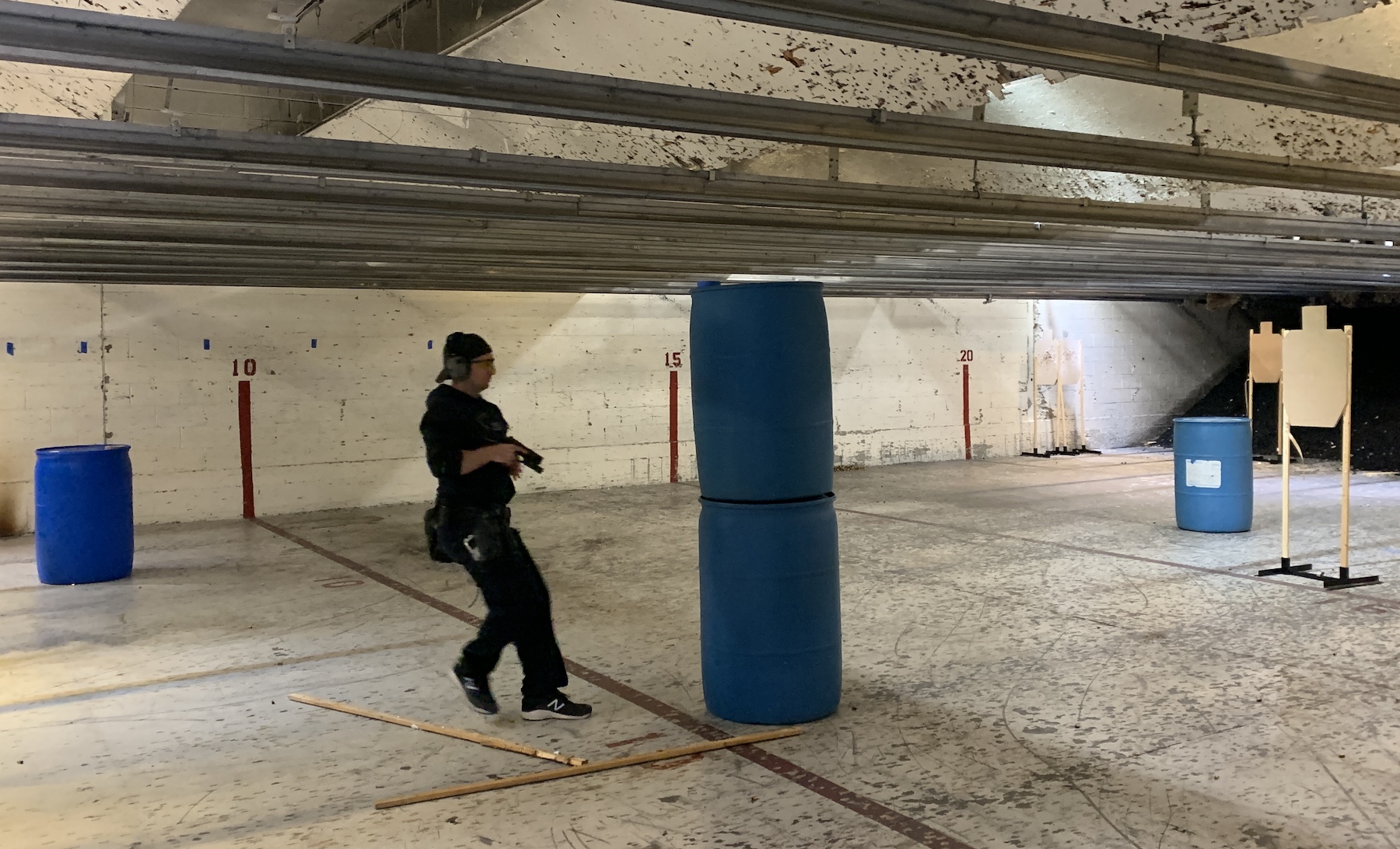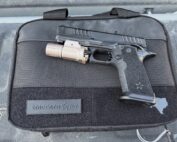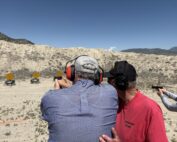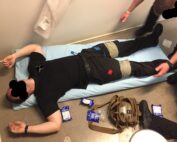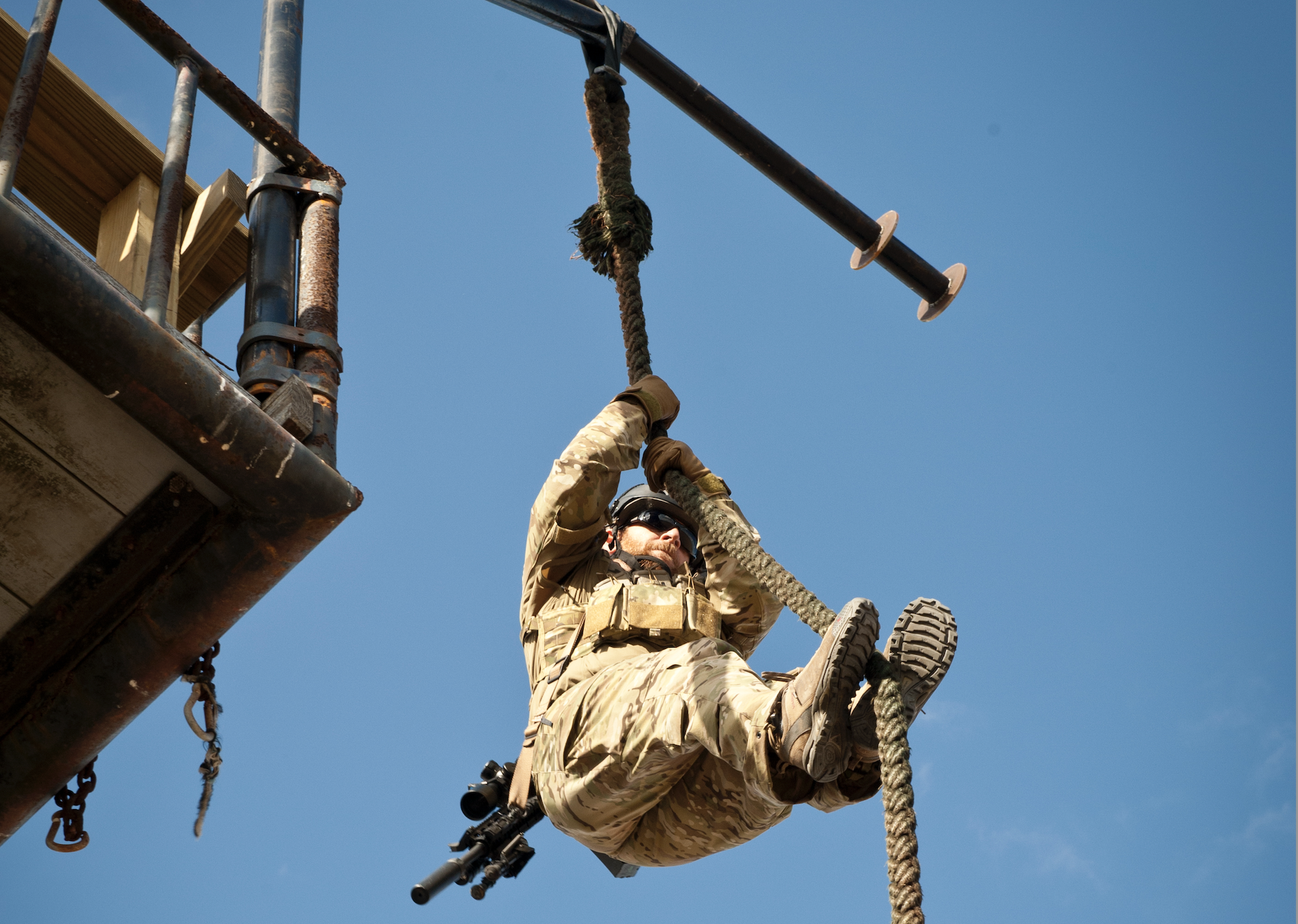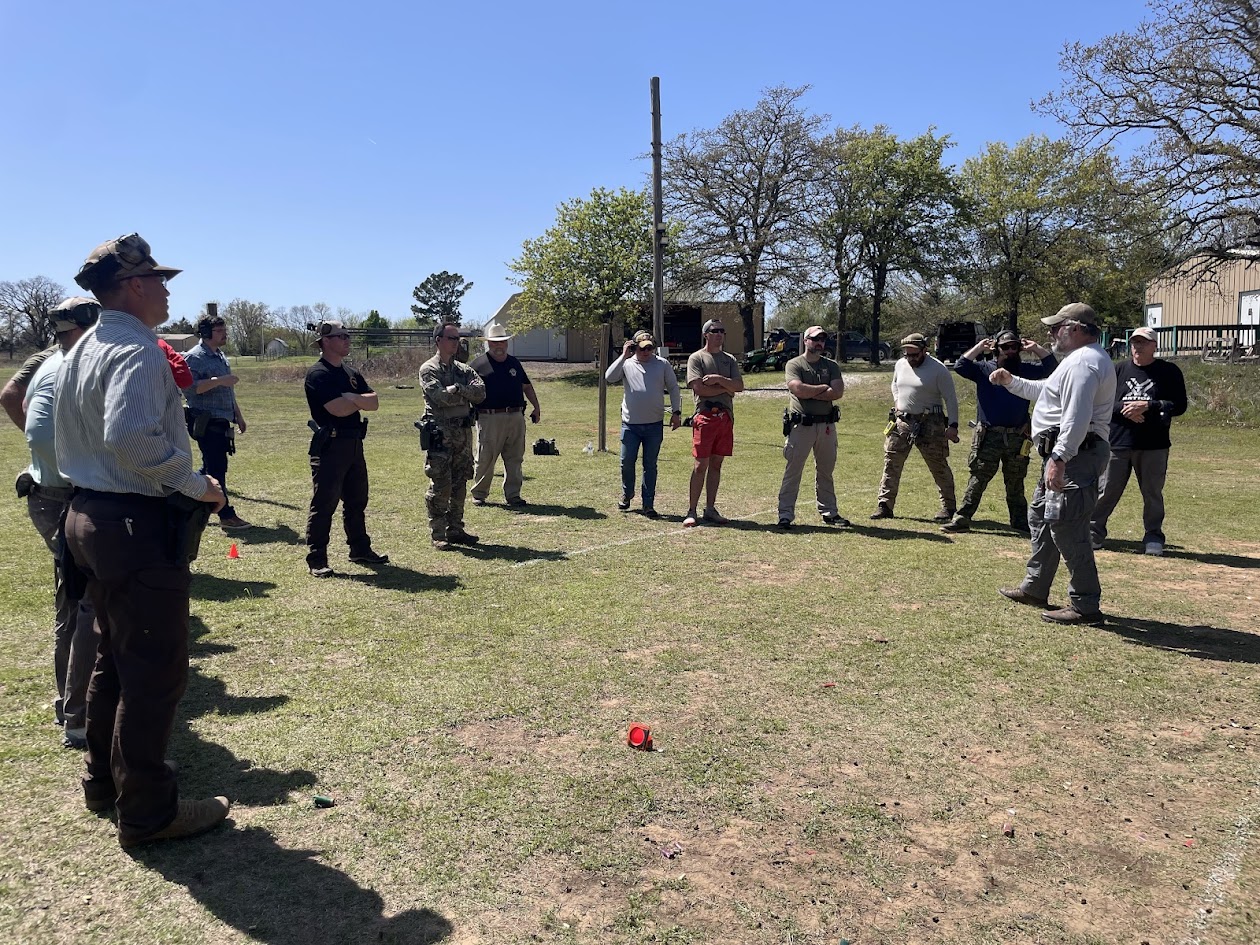
feature_demo2022-12-18 at 5.19.35 PM
I first heard of Frank Proctor in the early or mid-teens when he was teaching under “The Way of the Gun.” Since then, he has renamed his training business Frank Proctor Shooting.
When Proctor rolled out a new 2022 class titled R5=Performance, a local company signed on to host it. It had a round count of 600-1000 rounds, depending on how many reps of each exercise you got in.
Frank’s background is US Army Special Forces, with multiple ground combat deployments to the Middle East. He also graduated from and taught the SF Advanced Urban Combat course. Later, he competed in both IDPA and USPSA action shooting, becoming a USPSA Grand Master.
In Proctor’s YouTube video on the R5=Performance class, he discusses his goals for the class:
It is about getting repetitions on performing skills. The right kind of repetitions with the right intentions behind them. These repetitions lead to repeatable performances. Proctor wants his students to work on their movement, vision work, and multiple target transitions.
Like other instructors I follow, he often mentions sooner, not faster.
Whether you are a combat or competitive shooter, we all need to work on our mechanics, especially with the trigger and the dot. Frank identifies getting numerous quality repetitions to maximize the training value.
Day 1
In the classroom and on the range, Frank explained the Whys behind the next skill, the next exercise.
Range work started with dry practice. First, just acquiring the sights. Then acquiring them at the end of a modified presentation. Rather than emphasizing holster work, Frank starts by holding the pistol waist-high and moving from there.
Next, we moved to live fire with single shots, emphasizing our ability to see our sights in relationship to the target and call those shots. We worked with our shooting partners and were encouraged to provide feedback and video them for their review.
Frank treats everything as a single shot or an extended series of single shots. I am used to shooting pairs in one form or another, as a Standard Response, or a series of shots until the threat is terminated (as a Non-Standard Response). Afterward, we discussed how Gunsite teaches a Non-Standard Response: a pair followed by single shots or a series of linked pairs. Additionally, he is not a fan of the “Bill Drill” as a training tool.
Also, when Proctor references another instructor, it is done positively. Always a plus.
Day 1 Last Drill
We finished Day #1 with a Move then Shoot versus Shoot on the Move drill. We shot five static targets from 6 yards after moving up from the 10-yard line or while moving from the 10 to 6-yard line. Only a couple of us shot it for time and were scored. Under the circumstances we had, both of us (a full-time SWAT cop and your old & busted-up author) had better results sooner shooting on the move.
Day 2
The second day involved more work from the holster, followed by developing the skills for transitioning from one target to another. The skills were both visual and mechanical. He has a drill for accepting a “good enough” sight picture with a laterally moving handgun to become more comfortable with taking a shot under that condition.
Day #2 Final Drill
The last run on the second day was a simple match stage that could have come from either USPSA or IDPA.
It consisted of five targets, each requiring two shots, for a total of ten. The 1st target was 15 yards down range. After engaging it, you moved seven yards diagonally to a visual barrier, with target two on the right side. After shooting it, you moved to the left side of the barrel. Moving forward, you had five yards to target 3. Targets 4 and 5 were another five yards further downrange. Frank only recorded your time if you had more than seven A zone hits without any misses or even D zone hits. Only four of us, out of twenty, met that standard. Shot seven was a failure to fire on this run.
Students
Counting the hosts, who handled range safety, there were twenty of us. Two criminal investigators from a federal agency that goes after wanted persons, several officers from a well-known Bay Area police department, many decent, normal humans, and myself. There were three women in the class. The equipment used covered the spectrum of what is available in California.
My equipment?
Nothing out of the norm for me. I shot a Smith & Wesson M&P 2.0 4.25” 9mm pistol with thumb safety, Apex Tactical barrel and internals, and Atei machined it for the Aimpoint Acro P2 sight. My holster came from Handgun Combatives Inc, and I used a Raven Concealment magazine pouch – sadly, both have been discontinued. Personal protective equipment was Peltor Comtacs and Magpul frames around prescription lenses from TacticalRx. No issues with any of the above, not that I would have expected it because I previously vetted all of it numerous times.
However, I did have some ammunition issues. Conservatively, I had fifteen (15) failures to fire, all of which had good firing pin hits to the primers. Some fired on a second pass-through, and a few did not. As mentioned, one of these failures bit me in the final scored drill of the class. I’m working with the manufacturer on this issue now.
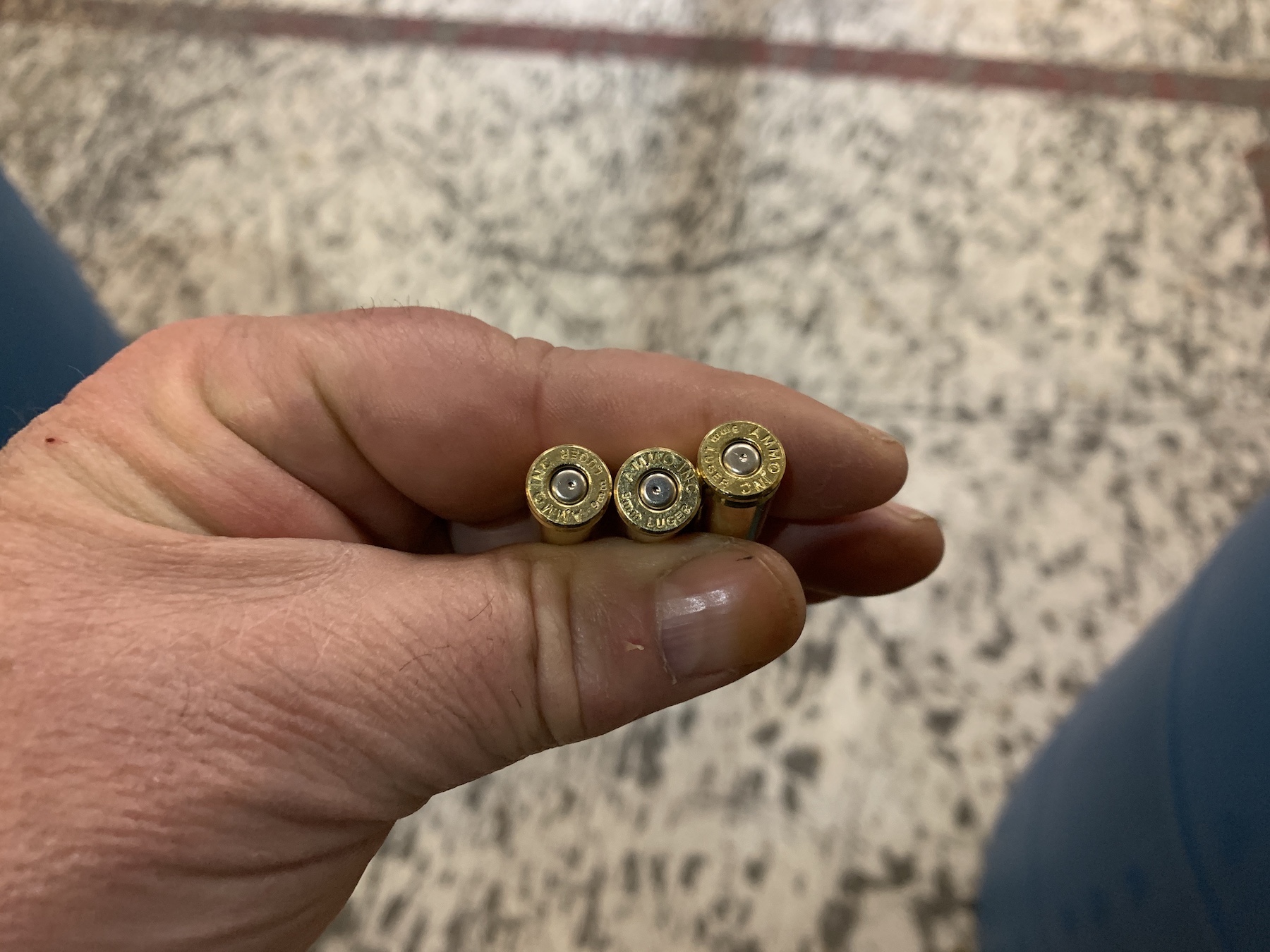
Three of the several rounds of factory 9mm, made in early 2022, that failed to fire. They’ve asked to examine some of the remaining rounds.
Some years ago, I took a couple of classes from Pat McNamara. Pat tried to bring principles and skills from action shooting to military, police, and defensive shooters. I think Frank is trying to bring defensive shooters closer to action shooting. Neither is bad, and both have benefits; get out of your comfort zone.
Bottom line? Take a Frank Proctor Shooting class; I think it is worth your time, money, and ammunition.
Contact:
www.frankproctorshooting.com


 (No Ratings Yet)
(No Ratings Yet)



